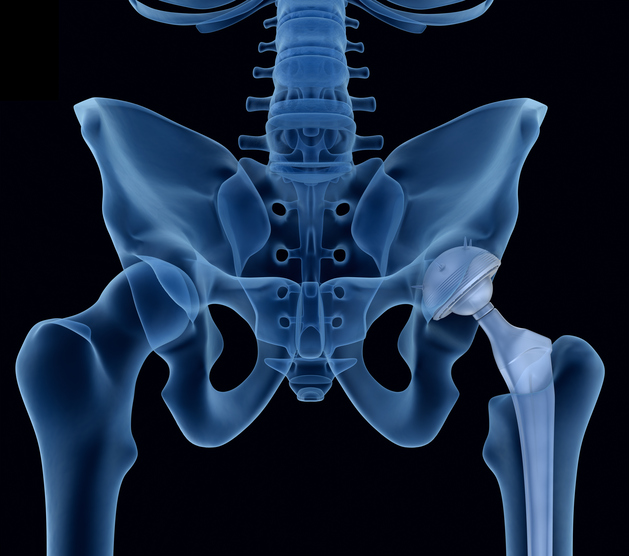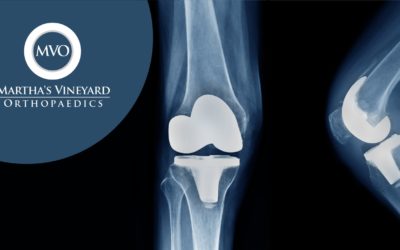Project Description
Elbow joints allow us to bend, flex, reach, and rotate our arms. However, repetitive overhead movements that are common to some sports and jobs frequently overstress the elbow joints resulting in injury. When problems related to tendon tears, instability, fractures, arthritis and other conditions impede movement, both surgical and non-surgical treatments are considered to ease pain and help restore movement.
- Arthritis Surgery in the Shoulder and Elbow
- Arthroscopy
- Distal Biceps and Triceps Ruptures
- Elbow Arthroscopy
- Elbow Fractures/Dislocations
- Elbow Replacement
- Elbow Sports Injuries
- Elbow Surgery
- Rotator Cuff Injuries
- Shoulder Fractures
- Shoulder Instabilities
- Shoulder Replacement
- Shoulder Sports Injuries
- Shoulder Surgery
- Tendonitis
Shoulder Topics
ANATOMY – “Your Amazing Body”
SELF-CARE – Things You Can Do”
Rotator Cuff and Shoulder Rehabilitation Exercises
Shoulder Surgery Exercises
INFORMED CONSENT
Arthroscopic Shoulder Surgery
Rotator Cuff Tears
MEDICATIONS
Managing Pain With Medications After Surgery
PHYSICAL THERAPY
Rotator Cuff and Shoulder Rehabilitation Exercises
INJECTION THERAPIES
Tennis Elbow (Lateral Epicondylitis)
Platelet-Rich Plasma (PRP)
Although Martha’s Vineyard Orthopedic specialists can offer highly-specialized shoulder surgery options, it is best to avoid surgery altogether if possible. To avoid experiencing shoulder pain, Martha’s Vineyard patients should keep physically fit with a balanced program of aerobics, stretching and strengthening all body parts to help to prevent shoulder injuries. Here are some specific tips for the shoulders:
- Apply heat to shoulder muscles before exercise. Heat prepares muscles and tendons for exercise.
- Keep your arm below shoulder height while doing stretches for the shoulder.
- Gradually increase movements—big circles, across-body movements, trunk twists, shoulder blade rolls and forward and backward squeezes—during shoulder warm-up.
- Pendulum stretching exercises relieve pressure on the rotator cuff. While sitting or standing, keep arm vertical and close to the body. Allow arm to swing back and forth in a small diameter (about 1 inch). As symptoms improve, the diameter of swing may be increased. Initially perform the exercise with just the weight of your arm. As shoulder pain improves, progressively add more weight—5 to 10 pounds (a filled gallon container weighs 8 pounds). Perform exercise for 5 minutes once or twice a day.
- Muscle-strengthening exercises can be performed about 1 to 2 weeks after doing pendulum stretching exercises. Use elastic exercise bands for a variety of arm exercises. For example, attach band to a doorknob. Then hold your elbow close to your side at a 90 degree angle, grasp the band and pull toward your waist. Hold for 5 seconds. Do 15 to 20 repetitions each day.









